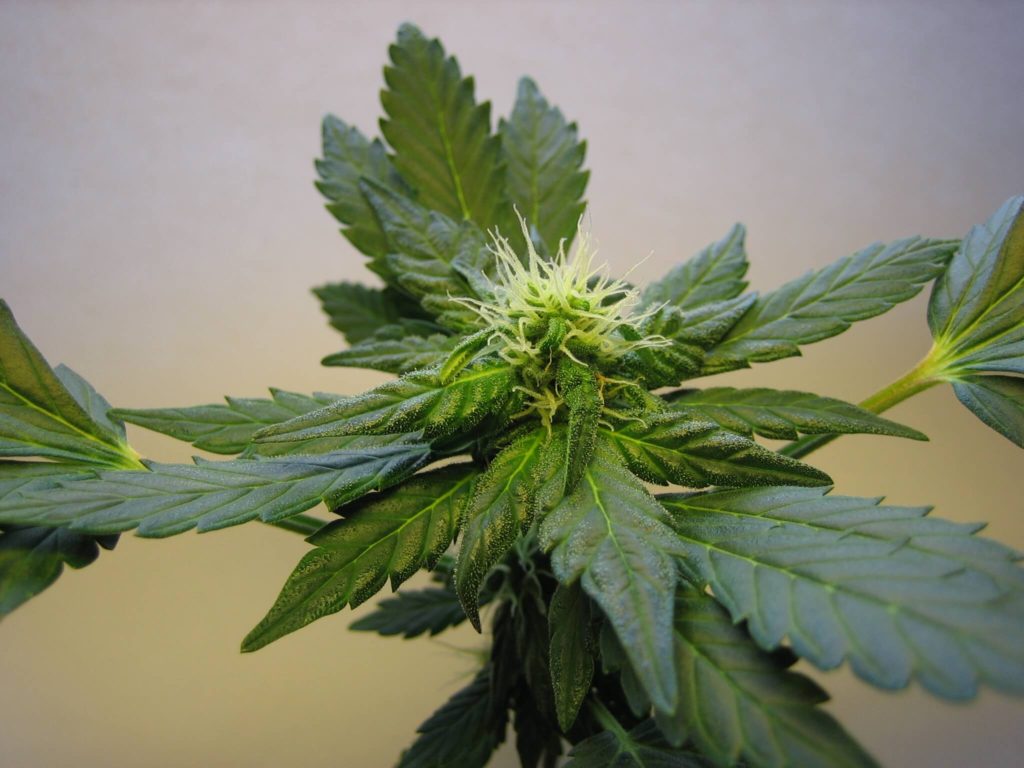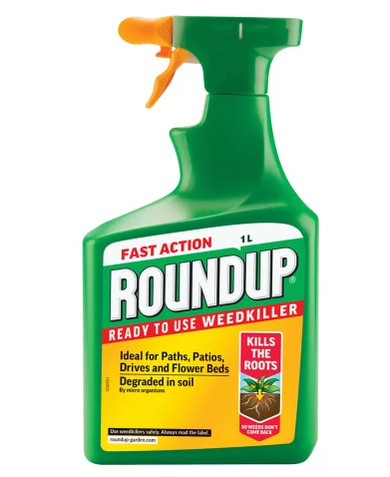A weed scientist friend mentioned agriculture might be better defined as the eternal war on weeds. As farmers and gardeners know, this war will never be won. But one can hope for success in some skirmishes and small battles to weaken the enemy.
Late fall is the ideal time to plan a year-long attack. Weeds fight dirty and they do not stop invading during the winter. At the end of every gardening season, one unfortunately observes some gardens that are suffocated by weeds and abandoned. This often begins when the gardener leaves for vacation. If you know you are going to be out of town for an extended period during the summer, either enroll a partner for your plot or do not plant a garden at all in the enthusiasm of spring.
I had a plot at Pullman Community Garden at Koppel Farm for a few years that I devoted to weed control education. This was its best purpose, as I already grew a surplus of vegetables for a senior couple in my backyard garden. During the falls of 2014-15, after my preaching about weed control the previous years, it was rewarding to observe that some Pullman Community gardeners had installed black plastic, straw, landscape fabric, card board, burlap or road felt mulches over their plots to impede weeds. The former is especially effective. Such mulching is the gold standard of weed control. It denies weeds sunshine, the life-sustaining source of photosynthesis. It also conserves moisture. I do not advocate tilling because this can spread quack grass rhizomes and does little to control morning glory.
One year, a neighbor gave me a large sheet of 10-mil black plastic. As an experiment, I covered my Koppel plot in this plastic for three years. It killed perennial quack grass, thistles and all other weeds in only one year, but some perennial morning glory were yellow but still alive after three years.
Annual weeds like prostrate purslane, pigweed, prickly lettuce and field penny cress are shallow-rooted and can be pulled throughout the year by getting a firm grip on the stem as close to the moist soil surface as possible. If you are pressed for time, hoe out annual weeds quickly and let them dry in the sun. The secret to weed control is to do it continuously when the weeds are small.
Repeated digging of perennial weeds like morning glory, Canadian thistle, button weed and dandelions with a shovel or weeding tool and extracting as much root as possible will set them back, but will not kill them. You must repeat this process when they grow back. These weeds have long tap roots. Canadian thistle have tap roots that spread laterally so you will end up with thistles off to the side.
After weeds are under control, I believe in no-till gardening or digging holes only where one plants a tomato, squash, cucumber or other large seedling. This prevents bringing new weed seeds to the surface. One can just scrape small trenches in the soil surface to plant row crops. No-till encourages earth worm and desirable bacterial populations in the soil. Placing used boards between rows can also reduce soil compaction and control weeds. During the wet season, one should occasionally turn the boards and kill any hidden slugs.
When weeds unfortunately become tall, mow them with a cord trimmer. Just do this before they go to seed and begin infecting yours or neighboring gardens or raised beds. Place the trimmed weeds in your garbage can.
Credit: http://dnews.com













